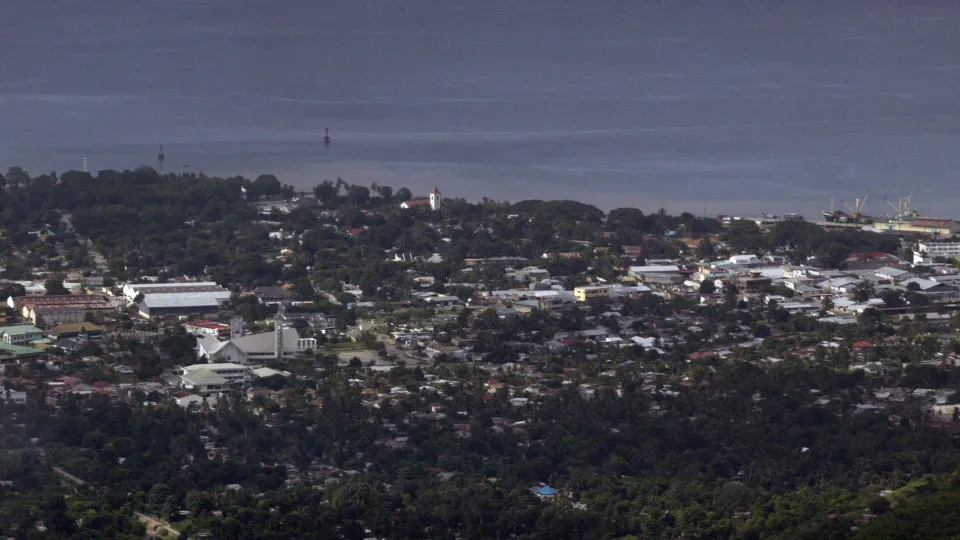
“The message I bring may be somewhat complex, but it is this: if we fully implement the Tasi Mane project, we could achieve a return of $52 billion by the year 2056,” stated Francisco da Costa Monteiro.
The minister spoke on Thursday during a national seminar on the challenges and sustainability of the petroleum fund and alternatives for the state after the end of Bayu-Undan, under the theme: “Policy, Strategy and Options of the IX Constitutional Government in the Petroleum and Mineral Resources Sector”.
The Tasi Mane project involves the construction of infrastructure to develop the oil industry, including a logistics base, a refinery, and a liquefied natural gas plant along the southern coast.
“Studies are positive and indicate that it is possible to attract investors to Timor-Leste, that it is feasible to build a Liquefied Natural Gas plant in the country, and that the refinery is technically viable according to the feasibility studies conducted,” the minister declared.
The government has already begun the public consultation process to explain the project’s impacts and benefits to the population and has carried out feasibility studies on environmental impacts to minimize negative effects on the environment and communities.
“We have already invested in Suai airport, started some construction in Suai, invested in the logistics base, the highway, and studies currently underway in Natarbora and other areas,” he stated.
Monteiro highlighted that the Bayu-Undan field has ceased production, which may lead to reduced revenues for Timor-Leste’s Petroleum Fund. However, he emphasized that this does not mean the country is bankrupt.
On March 7, 2025, the Council of Ministers authorized the Ministry of Petroleum and Mineral Resources to incur expenses related to implementing the Tasi Mane Project on the southern coast, amounting to $40 million (approximately 34.35 million euros).
Present at the seminar were university students, representatives from civil society, and entities such as the National Petroleum Authority (ANP).
To develop the Tasi Mane project, Timorese authorities are committed to finding a solution that allows for the development of the Greater Sunrise field with a direct link to Timor-Leste.
Located 150 kilometers from Timor-Leste and 450 kilometers from Darwin, the Greater Sunrise project has been at a stalemate, with Dili advocating for a gas pipeline construction to the south, while Woodside, the second-largest partner of the consortium, leans towards a connection to the existing Darwin unit.
The consortium includes Timor Gap (56.56%), operator Woodside Energy (33.44%), and Osaka Gas Australia (10.00%).
A conceptual study ordered by the British company Wood confirmed the project’s feasibility in Timor-Leste, but an official development decision is yet to be announced.
The permanent maritime boundary agreement between Timor-Leste and Australia stipulates that the shared resource Greater Sunrise must have its revenues split, with 70% going to Timor-Leste if a pipeline to the country is chosen, or 80% if processed in Darwin.
The gas pipeline connection to the south of Timor-Leste is considered strategic for the country’s economic growth by its authorities.




